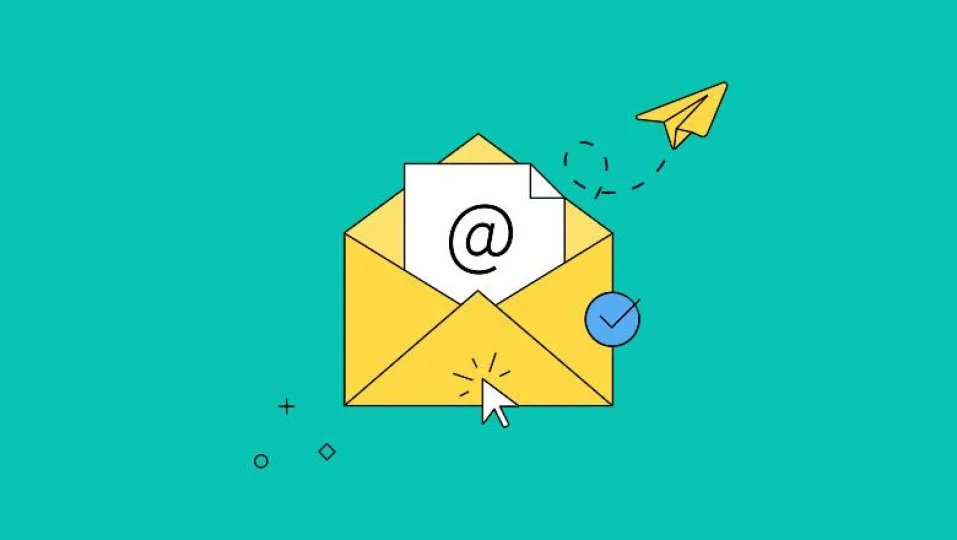Email marketing remains one of the most effective channels for reaching consumers directly and driving engagement. Despite the rise of social media and other digital platforms, the power of a well-crafted email is unparalleled when it comes to fostering relationships with customers. However, creating impactful email campaigns requires strategy, creativity, and an understanding of the key principles that underpin successful email marketing. Below are ten best practices designed to enhance your email marketing campaigns and ultimately lead to success.
Table of Contents
1. Build a Targeted Email List
The foundation of effective email marketing is a targeted email list. Focus on gathering subscribers who are genuinely interested in your products or services. Use sign-up forms on your website, social media channels, and during special events to encourage sign-ups. Offering incentives such as discounts or exclusive content can also entice potential subscribers.
2. Segment Your Audience
Segmenting your email list allows you to tailor your messages to specific groups based on their behaviors, preferences, and demographics. By sending personalized content, you increase relevance and engagement. Common segmentation criteria include:
- Location
- Purchase history
- Engagement level
- Interests
3. Craft Compelling Subject Lines
Your subject line is the first thing subscribers see, making it critical for capturing their attention. Aim for clarity and intrigue while keeping it concise (60 characters or less). Utilize action words and create a sense of urgency when appropriate.
4. Design Mobile-Friendly Emails
With a significant portion of email opens occurring on mobile devices, ensuring your emails are mobile-friendly is essential. Use responsive design techniques to adapt emails to different screen sizes. Keep your layout simple, use legible fonts, and ensure buttons are easily clickable on smaller devices.
5. Personalize Your Content
Personalization extends beyond just addressing subscribers by their first name. Use data-driven insights to customize content based on user behavior and preferences. This could involve recommending products based on past purchases or sending birthday greetings. Personalized emails can significantly boost engagement and conversion rates.
6. Optimize Send Times
Finding the best time to send your emails can make a noticeable difference in your open and click-through rates. While optimal timing often depends on your audience’s habits, data analytics can help identify trends. Consider A/B testing different send times and tracking performance to pinpoint the best times for your specific audience.
7. Test and Analyze Performance
Regularly test various elements of your email campaigns, including subject lines, content, send times, and design. Use A/B testing to determine what resonates best with your audience. Analyzing metrics such as open rates, click-through rates, and conversion rates will provide valuable insights into areas for improvement.
8. Maintain Consistency
Consistency is key to building trust with your audience. Establish a regular sending schedule—be it weekly, bi-weekly, or monthly. This keeps your brand top of mind and establishes a routine for your subscribers, increasing the likelihood of engagement.
9. Comply with Legal Regulations
Understanding and complying with email marketing regulations, such as the CAN-SPAM Act and GDPR, is vital. Always include an easy way for subscribers to opt-out of your emails and respect their preferences. Not only does compliance build trust, but it also helps avoid costly penalties.
10. Analyze and Improve
Email marketing is an ongoing process of learning and adaptation. Regularly review your campaign performance and gather feedback from your audience. Adapt your strategies based on insights drawn from analytics and continuously evolve your approach to keep up with industry trends.
Key Takeaways
- Build a targeted email list to enhance engagement.
- Segment your audience for tailored communications.
- Craft compelling subject lines to improve open rates.
- Ensure your emails are mobile-friendly to reach a broader audience.
- Personalize content for better user experience.
- Test and analyze to refine your strategies.
- Stay compliant with email marketing regulations.
FAQ
- What is the ideal frequency for sending marketing emails?
The ideal frequency varies by industry and audience. However, consistency is crucial; test different frequencies and monitor engagement levels to find the sweet spot. - How can I increase my email open rates?
Focus on writing engaging subject lines, timing your emails effectively, and ensuring you're sending relevant content to your audience. - Is it necessary to personalize emails?
Yes, personalized emails tend to have higher open and conversion rates. Tailoring your messages makes subscribers feel valued. - What metrics should I track in email marketing?
Key metrics to track include open rates, click-through rates, conversion rates, and unsubscribe rates. - How can I ensure my emails don’t end up in spam folders?
Ensure you’re following best practices, such as using a reputable email service provider, obtaining permission before sending emails, and avoiding spammy language. - What are the best tools for email marketing?
Popular email marketing tools include Mailchimp, Constant Contact, and HubSpot, each providing various features to streamline your campaigns. - Can I reuse content from previous emails?
Yes, if the content was well received and relevant, you can repurpose it, but be sure to change the subject line and adjust to the current context.
Conclusion
Email marketing is a powerful tool that, when executed correctly, can lead to remarkable business growth and customer retention. By following these best practices—building a targeted list, personalizing content, and continuously analyzing performance—you can create effective email campaigns that engage your subscribers and drive results. Begin implementing these strategies today to set your email marketing efforts on the path to success.



